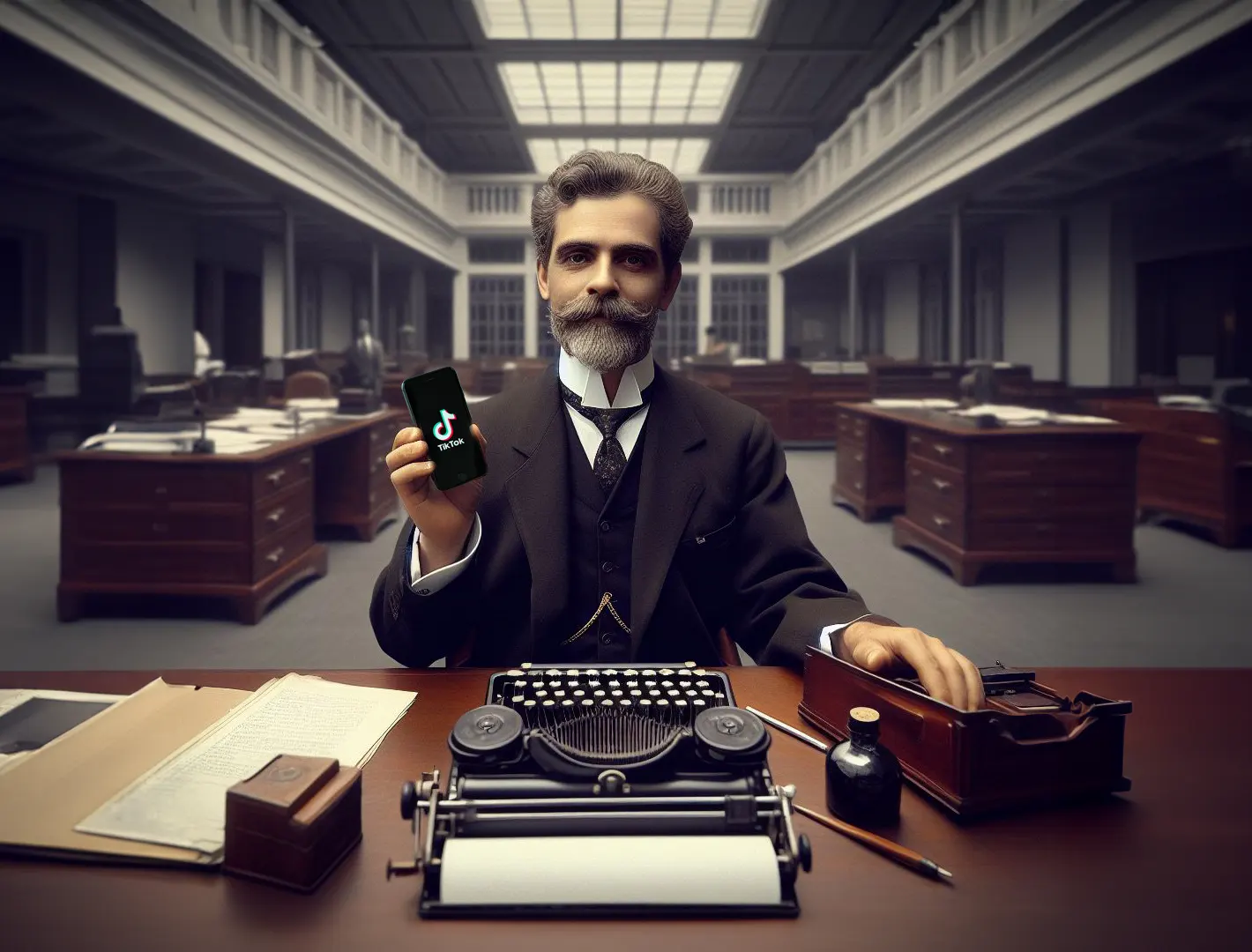5 Insights into The Power of Visualization for Achieving Your Goals
Hello and welcome! I’m excited to share with you the power of visualization and how you can use your mind to achieve your goals. My name is George Ledley
Hello and welcome! I’m excited to share with you the power of visualization and how you can use your mind to achieve your goals.
My name is George Ledley , and as a Harvard psychology professor and skilled social media content consultant for YouTube, I’ve spent years studying the science behind visualization and helping people incorporate this powerful technique into their daily routines.
If you’ve ever wanted to achieve your dreams, whether it’s in sports, business, or your personal life, visualization can help you get there.
In this article, we’ll explore what visualization is, how it works, and practical tips for incorporating visualization into your daily routine. So let’s get started and unlock the power of your mind!
Visualization is a powerful technique that has been backed by scientific research. A study published in the Journal of Neurophysiology found that when people visualized themselves performing an action, it activated similar brain patterns as when they actually performed the action physically.
Navigate to What Matters
What is the power of visualization and how does it work?
Visualization is the practice of using your imagination to create a mental image of a desired outcome or goal. It’s a technique that has been used by athletes, business leaders, and other successful people for years to help them achieve their goals.
When you visualize, you create a mental picture of what you want to achieve. You see yourself in the future, having already achieved your goal. This mental image can be incredibly powerful, as it helps to align your thoughts, emotions, and actions with your desired outcome.
In addition to the benefits mentioned, visualization can also improve motivation and self-confidence. A study by the University of Toronto found that students who practiced visualization techniques experienced increased motivation and belief in their abilities to succeed academically.
Visualization works by tapping into the power of your subconscious mind. Your subconscious mind is incredibly powerful and can influence your thoughts, emotions, and behaviors in profound ways.
By using visualization to create a mental image of your desired outcome, you’re sending a powerful message to your subconscious mind that this is what you want to achieve.
This message helps to activate the reticular activating system (RAS), a part of your brain that filters information based on what’s important to you. When you focus on your desired outcome through visualization, your RAS is activated and helps to bring your attention to opportunities and resources that can help you achieve your goal.
In essence, the power of visualization works by harnessing the power of your mind to create a mental image of your desired outcome. This mental image helps to align your thoughts, emotions, and actions with your goal, and activates the subconscious and conscious parts of your brain to work together in achieving it.
Now that you have a better understanding of what visualization is and how it works, let’s explore the science behind it in the next section.
How to practice the power of visualization
While visualization is a mental exercise, incorporating physical cues can enhance the experience. This guide from Mindtools suggests using vision boards, affirmations, and even scents or sounds to create a more immersive visualization practice and reinforce your desired outcomes.
Now that you understand the benefits of visualization, let’s explore how you can start practicing it yourself. Here are some practical tips to help you get started:
Set aside time for visualization: To make visualization a regular part of your routine, set aside a specific time each day to practice. This could be in the morning, before bed, or at any other time that works for you.
Find a quiet, comfortable space: To help you focus, find a quiet and comfortable space where you won’t be disturbed. You may also want to dim the lights or light a candle to create a relaxing atmosphere.
Create a mental image: To begin your visualization practice, create a mental image of your desired outcome. Use all your senses to make the image as vivid and real as possible. Imagine the sights, sounds, smells, and sensations that you would experience if you had already achieved your goal.
Visualize yourself taking action: Visualization is not just about imagining the end result – it’s also about visualizing yourself taking action to achieve your goal. Imagine yourself taking the necessary steps to make your goal a reality, and imagine the obstacles you may face and how you will overcome them.
Practice regularly: Like any skill, visualization takes practice to become more effective. Try to practice visualization regularly, ideally on a daily basis. The more you practice, the easier it will become to create vivid mental images and to feel the emotions associated with achieving your goal.
-

 Best Picks10 months ago
Best Picks10 months agoDriving Insurance: Get the Best Car Coverage Without Overpaying
-

 Best Rewards3 months ago
Best Rewards3 months agoBest rewards credit cards in 2025 for everyday use
-

 Personal Growth & Mindset1 year ago
Personal Growth & Mindset1 year agoTed Lasso Effect: 5 Goal-Setting Secrets You Must Know
-

 Career & Success1 year ago
Career & Success1 year ago30 Key Strategies for Growth: Mindset, Productivity & Wellness
-

 Personal Growth & Mindset1 year ago
Personal Growth & Mindset1 year agoMachado de Assis: This Viral TikTok Explains Why You Need to Read ‘The Posthumous Memoirs of Brás Cubas’ Now
-

 Career & Success12 months ago
Career & Success12 months agoChallenges of Not Having Goals: 5 tips to help you get started












